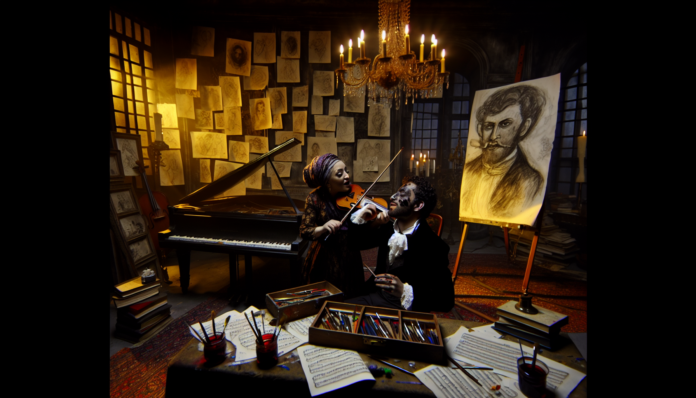Introduction
Tennessee Williams, one of America’s greatest playwrights, is celebrated for his profound ability to capture human emotions and complexities in works like A Streetcar Named Desire and The Glass Menagerie. However, Williams’s love life—marked by passionate romances and tumultuous affairs—often mirrored the rebellious themes of his plays. Living openly as a gay man during a time when homosexuality was stigmatized, Williams’s relationships became a scandalous emblem of defiance against societal norms of the mid-20th century.
The 1940s and 1950s were marked by a conservative backlash against sexuality, particularly LGBTQ identities. The prevailing moral attitudes were steeped in shame and repression, influencing both the artistic and personal landscapes of many individuals during that era.
The Scandal
One of the most significant elements of Williams’s personal life was his long-term relationship with Frank Merlo, who became a crucial part of Williams’s artistic process. Their romance blossomed in the early 1940s and became a passionate partnership that lasted until Merlo’s untimely death in 1963.
Despite the deep connection they shared, their relationship was overshadowed by public scandal when Williams’s sexuality became an issue of speculation and gossip. As an openly gay man in a conservative landscape, Williams navigated a tricky path. The press often sensationalized his relationship, framing it around the moral panic of the time. For example, a 1951 article in The New York Times highlighted his “unconventional” lifestyle, suggesting it undermined the traditional values of American society.
Key events included Williams’s estrangement from family and conservative friends who disapproved of his sexuality, leading to a series of tumultuous episodes. His struggles were compounded by substance abuse issues, which some critics attributed to the pressures of living openly as a gay man in a repressive society.
One poignant reflection came from Williams himself when he stated, “I have always been a writer who has written from the margins, the edges of society,” encapsulating both his artistic and personal struggles against mainstream societal norms.
Moral and Cultural Analysis
The societal reaction to Williams’s life was a mix of admiration and condemnation. While artistic circles applauded his openness and emotional depth in exploring themes of desire and identity, more conservative factions critiqued him harshly. Williams faced professional setbacks; several productions were either censored or put under scrutiny due to his personal life.
The impact on Williams was profound, contributing to his later struggles with mental health and addiction—a reflection of the immense pressure faced by those who dared to live authentically during such times.
In contrast, examining how Williams’s love life might be perceived today reveals a drastically different landscape. Modern audiences are more likely to celebrate Williams for his courage to love openly, and his relationships would likely be seen as foundational to his creative genius rather than scandalous. Today’s society is generally more accepting of LGBTQ+ identities, acknowledging the importance of representation and authenticity. The backlash faced by Williams would be less harsh, and the discourse surrounding his life would likely focus on his contributions to culture rather than his personal choices.
This shift in perception underscores the evolution of societal norms, illustrating how past struggles have laid the groundwork for contemporary dialogues around love, identity, and artistic expression.

